Snake plants (Sansevieria spp.), also known as mother-in-law’s tongue, are among the most popular indoor plants—and for good reason. Their architectural foliage, low-maintenance needs, and air-purifying abilities make them ideal for homes and offices alike. One of the key aspects of keeping a snake plant healthy indoors is mastering its watering schedule.
While they are hardy and drought-tolerant, improper watering—especially overwatering—can lead to common issues like root rot or wilting. In this comprehensive guide, we’ll walk you through the best indoor watering schedule for snake plants, signs of water stress, and expert tips to keep them thriving year-round.
Understanding the Nature of Snake Plants
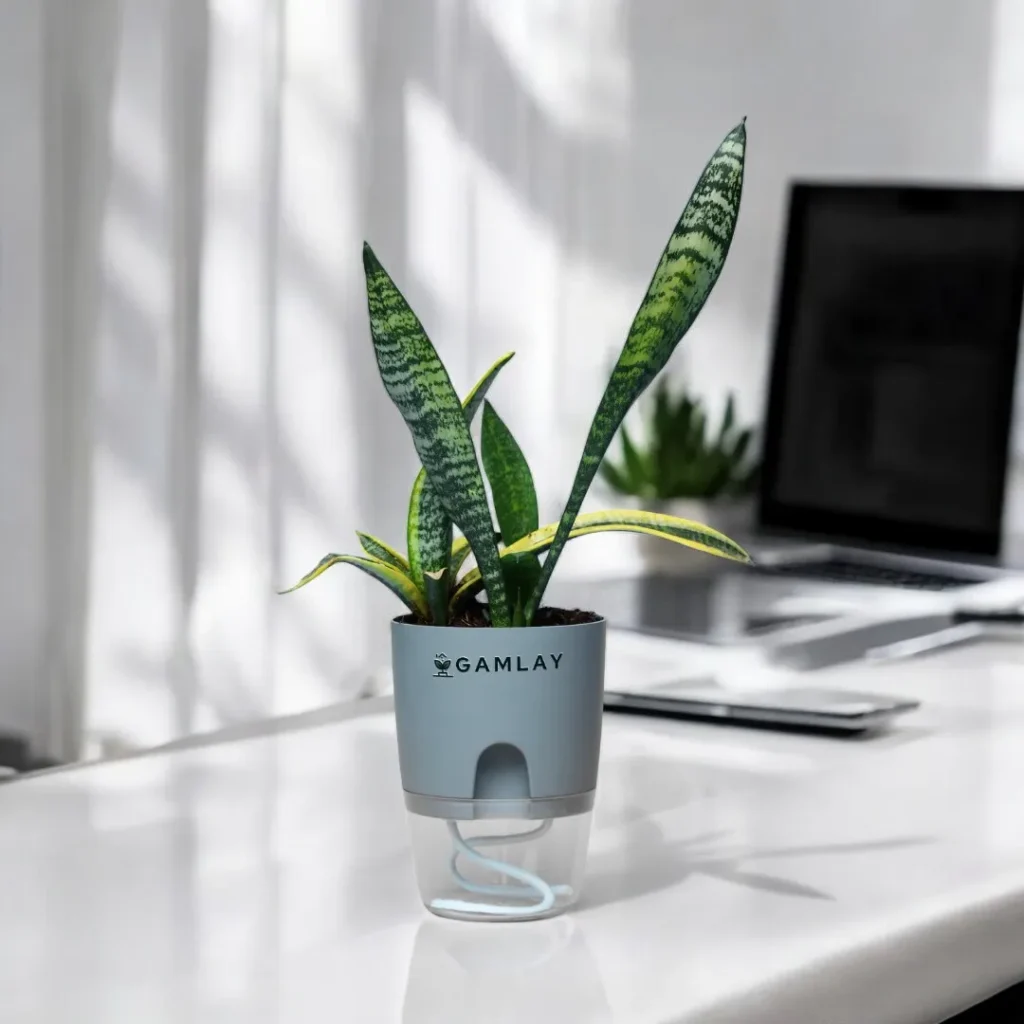
Snake plants originate from dry, arid regions of West Africa. They are naturally adapted to survive with minimal water, thanks to their thick, succulent leaves that store moisture. This drought resistance makes them ideal for indoor environments where watering might be irregular.
Key Characteristics:
- Succulent leaves: Thick, upright, and capable of storing water.
- CAM photosynthesis: They open their stomata at night, reducing water loss.
- Tolerant of neglect: Can go for weeks without water if necessary.
How Often Should You Water Your Snake Plant Indoors?
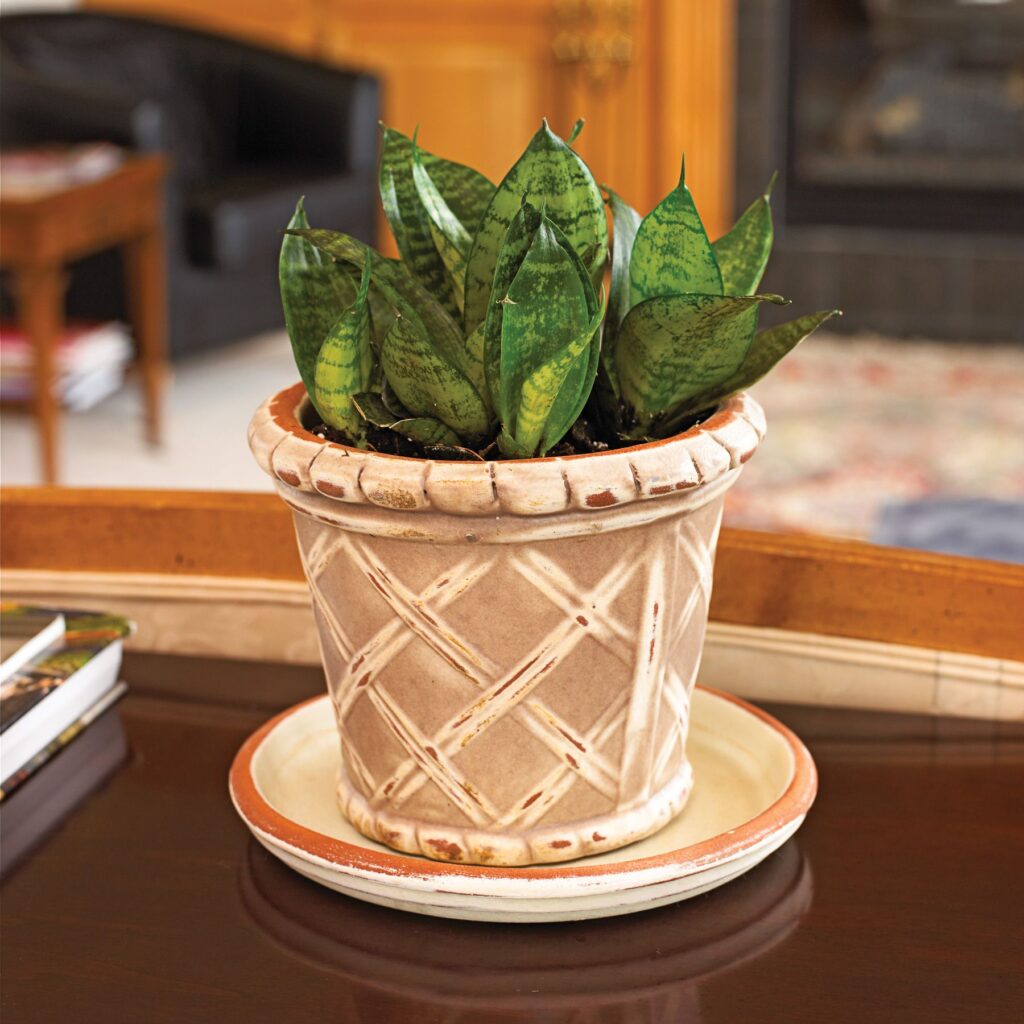
The general rule for watering snake plants indoors is:
Water every 2–4 weeks during the growing season (spring and summer) and every 4–6 weeks during the dormant season (fall and winter).
However, the exact frequency can vary depending on:
- Indoor temperature
- Humidity
- Pot size and type
- Soil type
- Light exposure
Let’s explore these factors in more detail.
Factors That Affect Watering Frequency

1. Temperature and Season
- Warm weather speeds up evaporation and transpiration, meaning your plant will use water more quickly.
- Cold conditions slow growth, requiring less water.
Tip: Always water less in winter, as the plant’s growth slows and soil dries slower.
2. Humidity
- In dry environments, water evaporates quickly, so you might need to water more often.
- In humid environments, wait longer between watering sessions.
3. Light Conditions
- A snake plant near a bright window will grow faster and use more water.
- In low-light corners, its water needs are minimal.
4. Pot Size and Type
- Clay or terracotta pots wick moisture away, drying faster.
- Plastic or glazed ceramic pots retain water longer.
Also, small pots dry faster than large ones due to less soil volume.
5. Soil Type
Well-draining soil is essential. If your soil is dense and holds water, cut back on watering. Use a cactus or succulent mix for best results.
How to Know When to Water Your Snake Plant
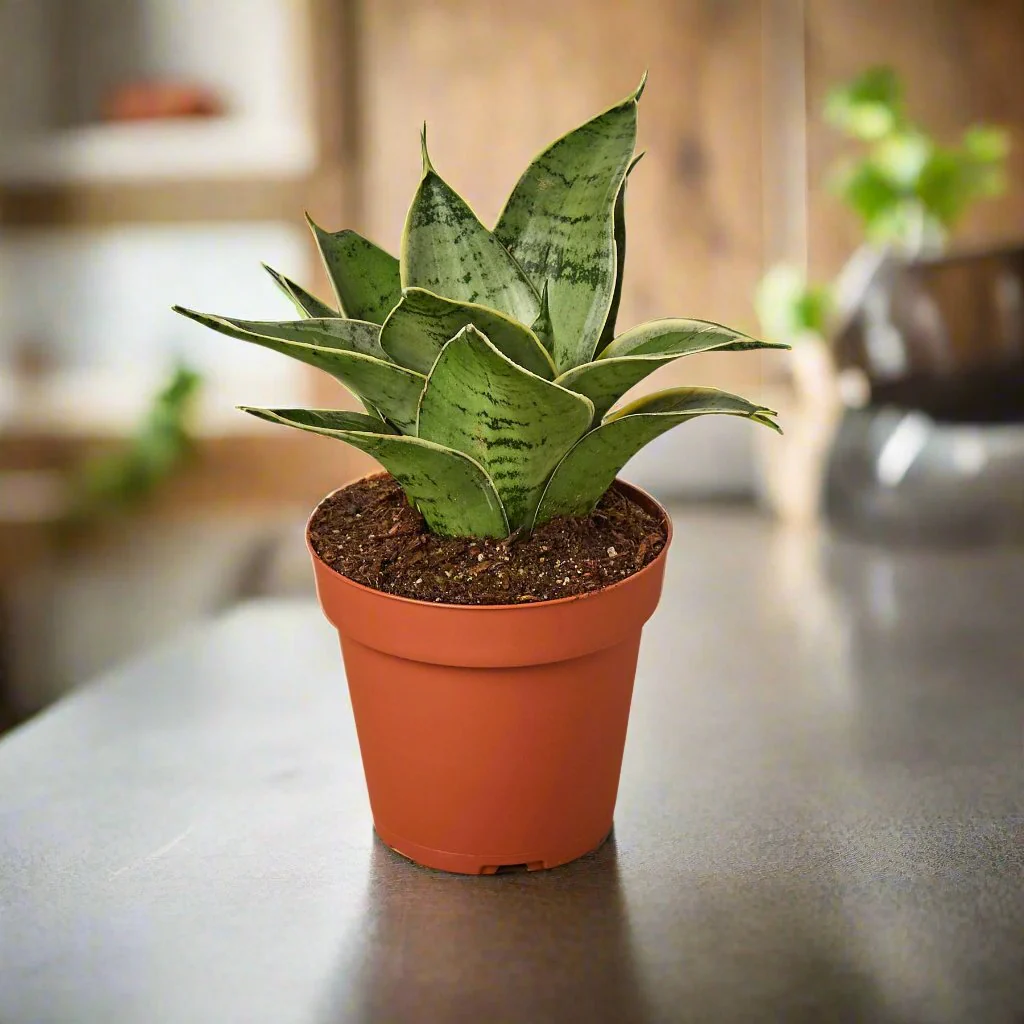
Even more important than a fixed schedule is learning to read the signs your snake plant gives you. Here are foolproof ways to know when it’s time:
Dry Soil Test
Stick your finger 2 inches into the soil. If it feels completely dry, it’s time to water. You can also use a moisture meter for precision.
Wrinkled Leaves
If leaves look wrinkled or slightly shriveled, your plant might be thirsty.
Soft or Mushy Leaves
This is a sign of overwatering or root rot. Hold off on watering immediately.
Proper Way to Water Your Snake Plant
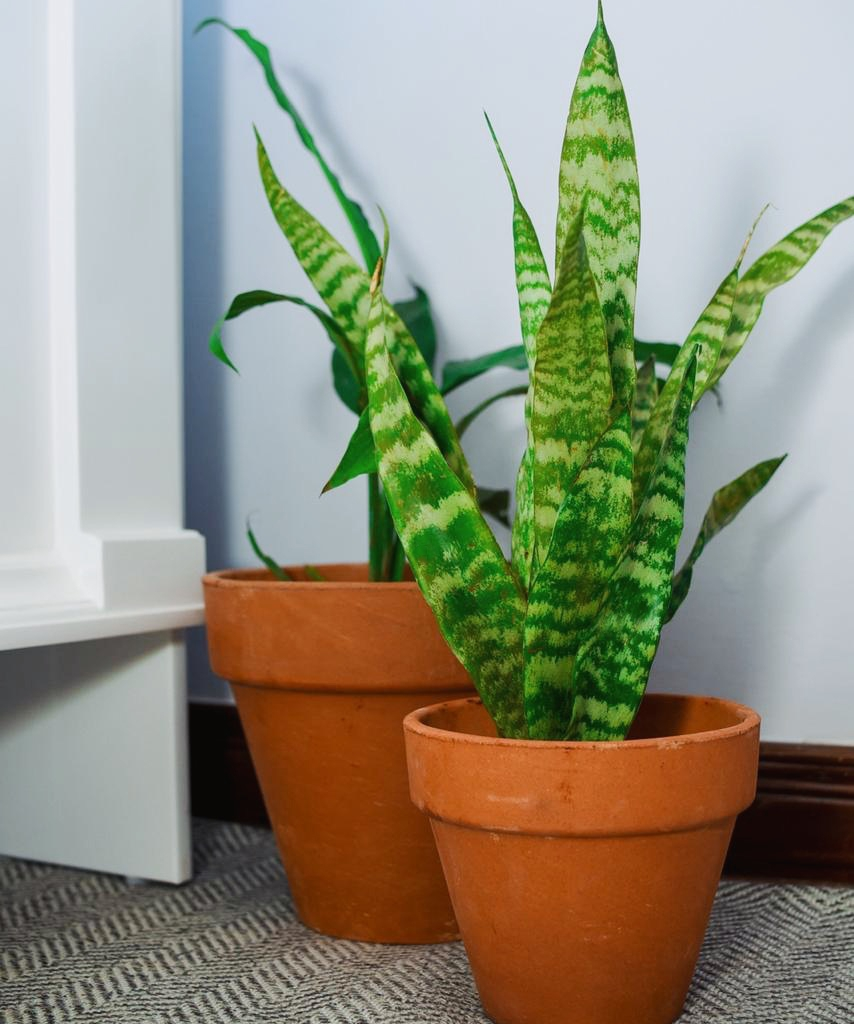
Here’s a step-by-step guide to watering correctly:
- Use Room Temperature Water – Cold water can shock the roots.
- Water Deeply but Infrequently – Let water soak through the soil until it drains out the bottom.
- Empty the Saucer – Never leave standing water in the saucer; it can cause root rot.
- Don’t Water the Leaves – Aim at the base to prevent rot in the crown or leaf damage.
Creating the Ideal Watering Schedule (Month-by-Month)
Below is a basic guideline for a year-round schedule. Adjust based on your home’s conditions:
| Month | Watering Frequency | Notes |
|---|---|---|
| January | Every 5–6 weeks | Low light, slow growth – go easy on watering. |
| February | Every 5–6 weeks | Still dormant – keep soil mostly dry. |
| March | Every 4 weeks | Growth resumes; increase slightly. |
| April | Every 3–4 weeks | Warmer days demand more moisture. |
| May–August | Every 2–3 weeks | Peak growth; water when topsoil is dry. |
| September | Every 3–4 weeks | Begin slowing down as light reduces. |
| October | Every 4–5 weeks | Adjust for shorter days and lower temps. |
| November | Every 5 weeks | Minimal watering; plant preparing for dormancy. |
| December | Every 5–6 weeks | Very little water needed. |
Common Watering Mistakes to Avoid
Overwatering
This is the #1 killer of snake plants. Signs include yellowing leaves, soft mushy base, and fungal odor. Always check soil before watering.
Using Non-Draining Pots
No drainage hole means water sits at the bottom—leading to rot. Always choose pots with proper drainage.
Inconsistent Watering
Going from drought to flood stresses the plant. Try to stick to a rhythm based on observation and testing soil.
Advanced Tips for a Thriving Snake Plant
Group with Other Plants
This increases humidity naturally and creates a stable microclimate.
Use Pebble Tray
Helps raise humidity slightly without affecting watering frequency.
Repot Every 2–3 Years
Refreshing soil helps maintain good drainage and oxygen flow to roots.
Feed During Spring and Summer
A diluted cactus or succulent fertilizer every 6–8 weeks enhances growth but don’t feed during the dormant season.
Final Thoughts
Watering a snake plant indoors doesn’t have to be complicated. By observing your plant, understanding its environmental needs, and following a loose schedule, you can avoid common pitfalls like overwatering or underwatering. These slow-growing succulents reward consistency and patience with vibrant leaves and long-lasting beauty.
With the right watering schedule in place, your snake plant will thrive in your home with minimal effort—and serve as a stunning, low-maintenance green companion for years to come.
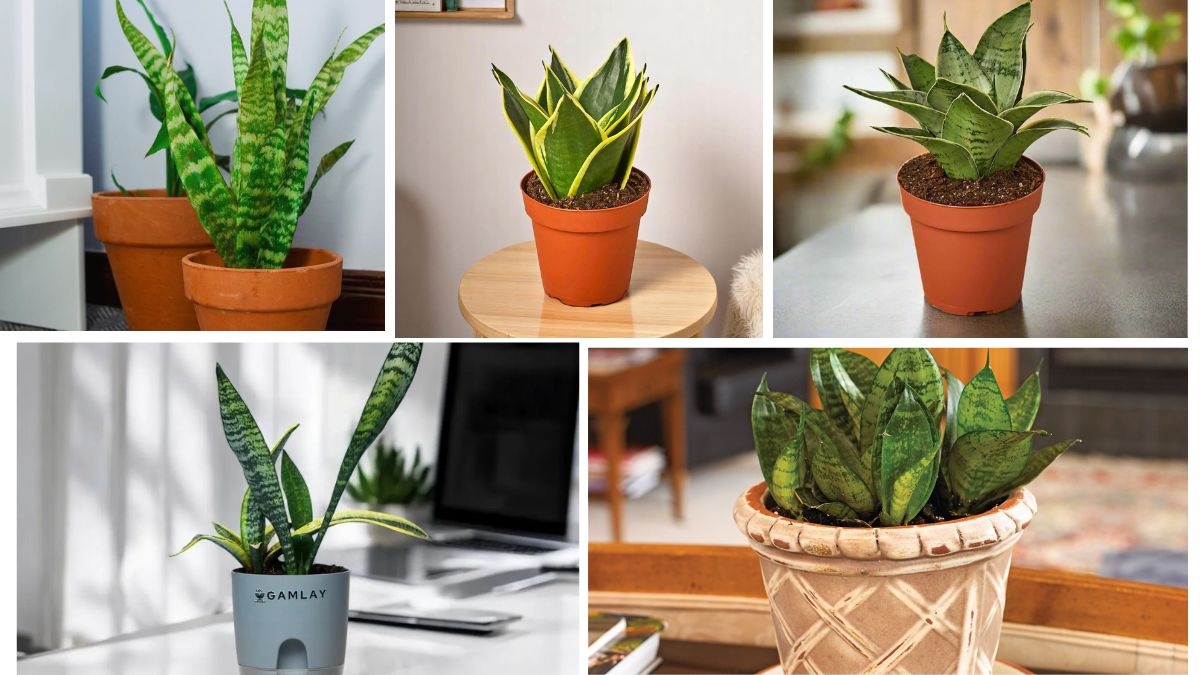



Leave A Comment